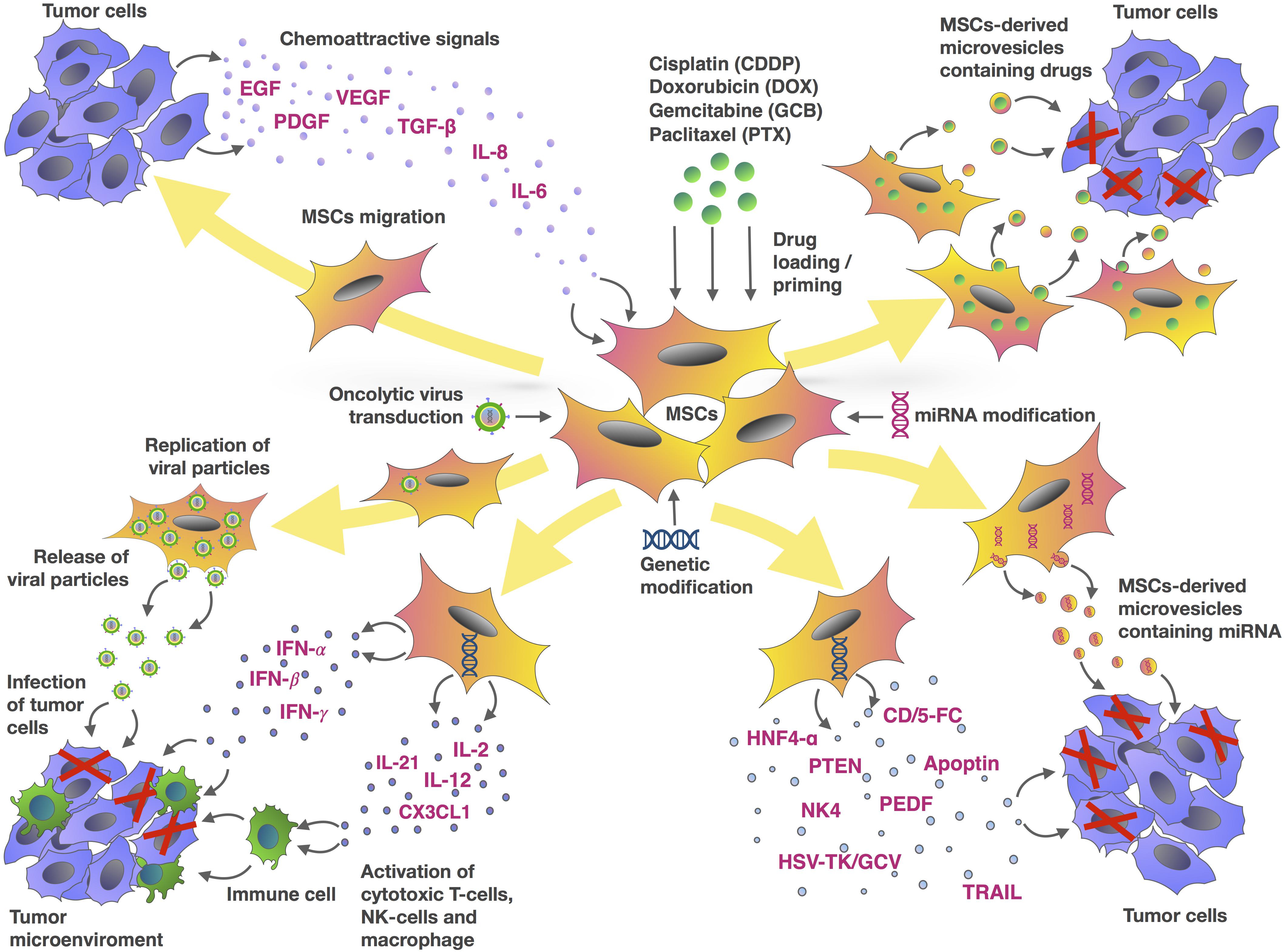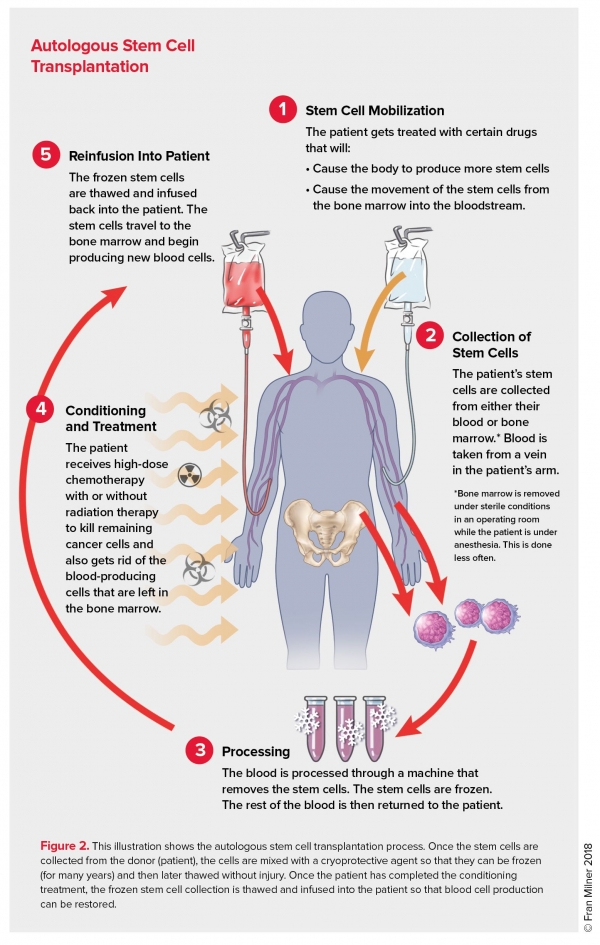

Therefore, researchers are working to develop new, effective therapies with low or no toxicity in normal cells. Furthermore, metastatic cancer cells usually cannot be eliminated by traditional therapies, and recurrence in these cases is extremely likely. However, treatment-related side effects, off-target effects, and drug resistance limit the efficacies of many therapeutic options.

Cancer is mainly treated using surgical resection, fractionated radiotherapy, and chemotherapy. This review focuses on recent progress toward stem cell-based cancer treatments, and summarizes treatment advantages, opportunities, and shortcomings, potentially helping to refine future trials and facilitate the translation from experimental to clinical studies.Ĭancer is a leading cause of death in both developed and developing countries, and is an increasing medical burden worldwide, due to population growth and aging. However, while using stem cells to treat human cancers appears technically feasible, challenges such as treatment durability and tumorigenesis necessitate further study to improve therapeutic performance and applicability. Additionally, stem cells can be applied in regenerative medicine, immunotherapy, cancer stem cell-targeted therapy, and anticancer drug screening applications. They have also been employed as virus and nanoparticle carriers to enhance primary therapeutic efficacies and relieve treatment side effects. Stem cells engineered to stably express various cytotoxic agents decrease tumor volumes and extend survival in preclinical animal models. Stem cells can function as novel delivery platforms by homing to and targeting both primary and metastatic tumor foci. On the other hand, therapies employing stem cells are showing increasing promise in the treatment of cancer. Metastatic cancer cells generally cannot be eradicated using traditional surgical or chemoradiotherapeutic strategies, and disease recurrence is extremely common following treatment. Received: JAccepted: AugPublished: September 08, 2017 Cheng-Liang Zhang 1, Ting Huang 1, Bi-Li Wu 2, Wen-Xi He 1 and Dong Liu 1ġDepartment of Pharmacy, Tongji Hospital, Tongji Medical College, Huazhong University of Science and Technology, Wuhan, Hubei Province, ChinaĢDepartment of Oncology, Tongji Hospital, Tongji Medical College, Huazhong University of Science and Technology, Wuhan, Hubei Province, Chinaĭong Liu, email: stem cell, targeted cancer therapy, tumor-tropic property, cell carrier


 0 kommentar(er)
0 kommentar(er)
